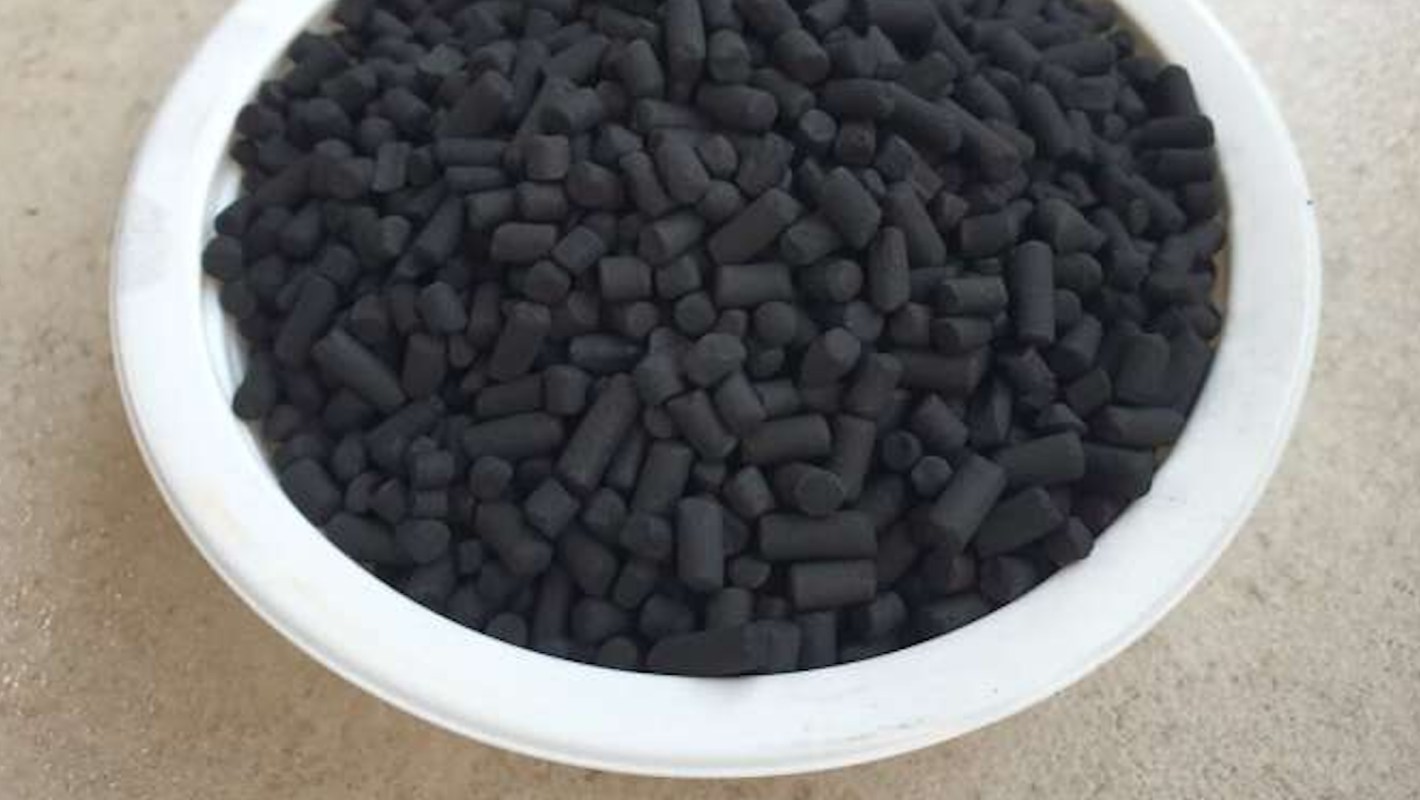Chemical pollution in air and water is a significant issue in many cities, particularly near manufacturing facilities. A new technology developed by the Korea Institute of Energy Research offers a potential solution. The innovative system captures volatile organic compounds (VOCs) released during various business activities, such as painting vehicle parts or producing furniture, and converts them into usable materials.
VOCs can pollute both air and waterways as they vaporize and dissolve in water. Traditionally, businesses use activated charcoal to capture these compounds, but monitoring and addressing VOC emissions can be costly, especially for small businesses. The new technology addresses this challenge by providing a more cost-effective and energy-efficient approach.

The system reuses activated charcoal and incorporates a low-cost sensor, allowing small business owners to predict when to change their activated charcoal with 92% accuracy. The regenerated activated carbon retains 90% of its original performance, making it reusable. Moreover, the gas generated during the process can be used to power the system, reducing energy costs.
According to Dong Hyuk Chun, the leader of the study, this technology is significant because it reduces pollution, lowers operating costs, and utilizes waste gases for energy. The research, published in Energy Conversion and Management, represents a crucial step towards mitigating VOC pollution and promoting eco-friendly practices in manufacturing.
As VOCs are found in various everyday items, including beauty products, and can linger in the air for extended periods, it’s essential to be aware of their presence in cleaning products and maintain well-ventilated living spaces. The Environmental Protection Agency notes that VOC concentrations can be much higher indoors. By choosing plastic-free products and natural cleaning products, individuals can help reduce environmental pollution and minimize exposure to harmful chemicals.
This technology has the potential to contribute to the expansion of eco-friendly public management systems and the realization of carbon neutrality, as Chun emphasized. As the world moves towards greener solutions, innovations like this offer promising avenues for reducing pollution and creating a more sustainable future.


